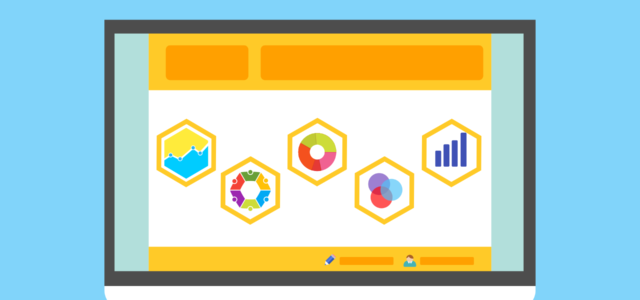As businesses get ready for the Internet of Things (IoT), they should understand that the rise of IoT devices is already occurring. Consumers are purchasing wearable fitness trackers, connected appliances, and myriad other products that relay information back to a company via the internet. This is not a Pokemon Go-style “fad” that will fade in a few months, but a new reality that is shaping how businesses interact with their own internal processes and their customers. In a previous article, we explained that contrary to all the hype out there, IoT implementation doesn’t have to best difficult or costly. It starts small….and there are things you that you can start doing today that will make your transition into the inevitable future as seamless as possible.
IoT Isn’t Just a Trend
Why do you need to prepare for IoT? Do the companies in your industry strive to; increase efficiency, improve the customer experience and better manage the flow of products? If “Yes”, then your competitors are already looking at the ways IoT can give them an advantage.
Analyst firms predict there will be 30 billion or more connected “things” by 2020, representing an explosive growth rate over the coming years. This growth will be found in both consumer-focused products as well as business-centric sensors that will shape how commerce is done behind the scenes.
Why is there an explosion of interest?
- Modern companies rely on information to make strategic decisions, and IoT devices offer real-time and in-depth data.
- Firms are leveraging IoT data to reduce costs while operating more efficiently.
- The biggest tech firms are investing heavily in IoT, a strong signal of its lasting importance.
Establishing the Building Blocks for IoT
IoT holds value because it provides new types of information to both end-users and companies. For example, sensors in retail stores can offer executives deeper insights into customer behavior and buying patterns in their stores. They can use this information to create targeted offers or better manage store inventory based on demand.
Further down the supply-chain, IoT sensors in the warehouse allow for improved inventory management through real-time tracking. The ordering and transit process become more streamlined and efficiency and inventory levels become more accurate.
However, in order to leverage all of the data produced through the “things” or IoT sensors, companies first need a data-ready infrastructure. Consider these essential “building blocks”:
- Big Data analytics: Companies must improve how they collect, store, and ultimately extract insights from Big Data. IoT-produced information holds very little value if there isn’t an underlying structure for data analysis. Companies should.
- Agile business intelligence (BI) tools: In the next year or so, companies that want to stay ahead of the game should be looking to implement cloud-based BI architectures that are scalable and offer the freedom of remote access. IoT data should be available to multiple layers of the business through customized and easily digestible reports and dashboards. C-level executives should have access to high-level IoT reports, and supervisors on the production floor should be able to view production line data on a tablet to spot problems in real time. Only then can IoT reach it’s full potential for business users.
Companies that want to fully leverage IoT will choose systems that improve their agility, mainly cloud-based business intelligence solutions. BI is essential for turning IoT data into actionable insights by relating the data to customer actions and other internal-facing metrics.
And agility means the company has not only the right processes in place but also the culture that can adapt and adjust on-the-fly. IoT data is real-time information and intended to provide immediate feedback so that businesses can react to changes in the market quickly.
Companies armed with IoT data can receive IoT-based information about changes or issues throughout the supply chain relating to how products are routed from the warehouse to the shipping area. When the managers are viewing this data in real time on a tablet, they can quickly direct workers to fix the problem. Without such information, the inefficient process could continue on for some time, causing delays and extra costs. It’s agility that makes this possible, both in terms of technology (the cloud and the actual IoT data), and culturally where a company empowers workers with information.
http://blog.tblocks.com/how-to-prepare-your-business-for-the-iot-revolution
Article by channel:
Everything you need to know about Digital Transformation
The best articles, news and events direct to your inbox
Read more articles tagged: Featured, Internet of Things






